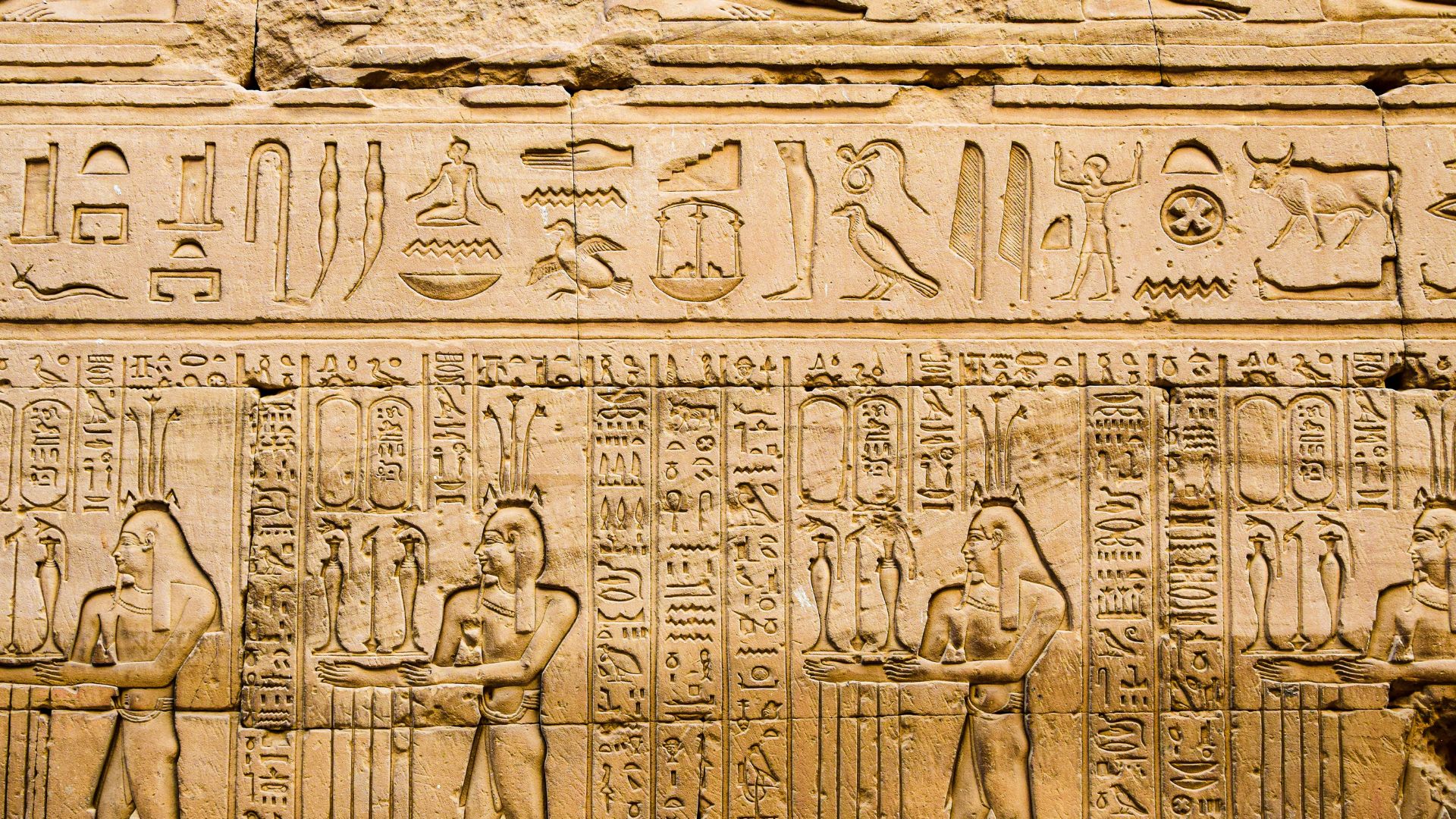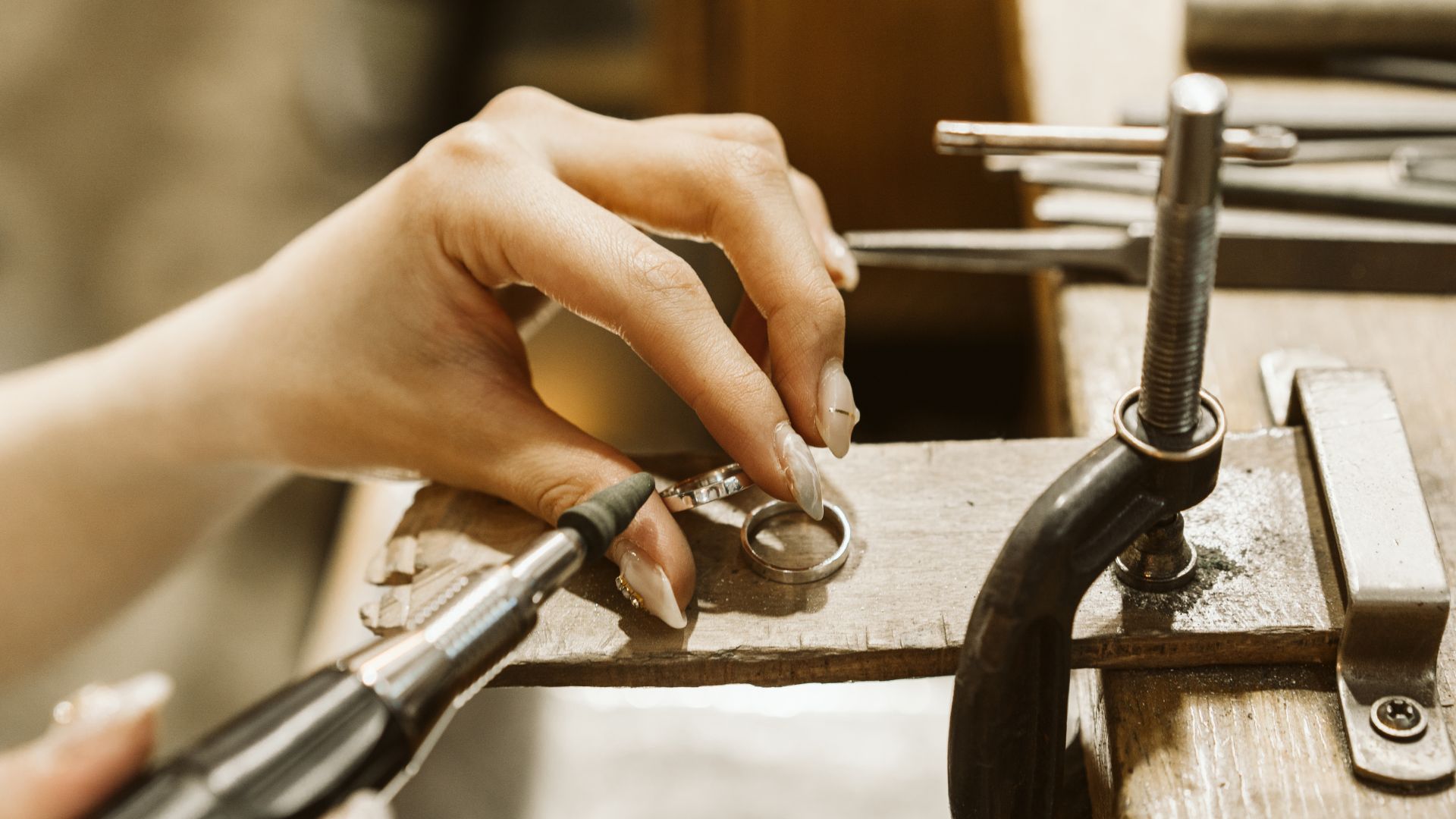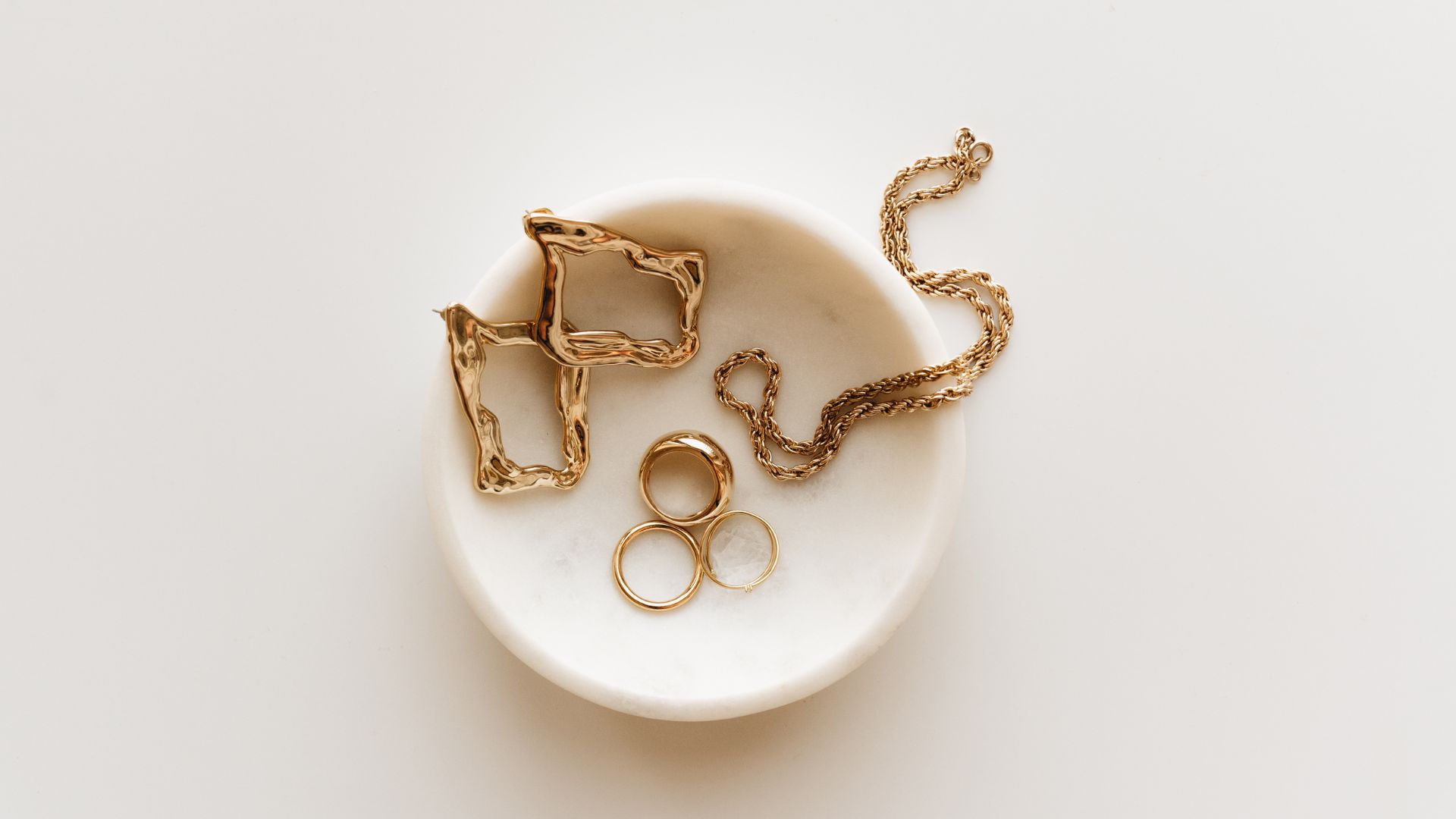
The history of goldsmithing: From ancient Egypt to modern day
Goldsmithing is an ancient craft that has evolved over thousands of years, from the mystical jewellery of the ancient Egyptians to the intricate, modern designs we see today. Goldsmithing, which involves the art of working with gold to create jewellery, coins, and other decorative items, has played a significant role in human culture, symbolising wealth, power, and craftsmanship. Whether in ancient temples or contemporary high-end boutiques, the journey of goldsmithing reveals not only technological advancements but also changing societal values and aesthetics.
In this article, we’ll explore the evolution of goldsmithing from its roots in ancient Egypt to the modern-day techniques that define the craft:
- Ancient Egypt: Goldsmithing in Ancient Egypt
- Medieval and renaissance eras: The evolution in Europe
- Industrial Revolution to today: Mass production and bespoke designs
- The ongoing significance of goldsmithing in modern jewellery making

Ancient Egypt: Goldsmithing in Ancient Egypt
Goldsmithing in ancient Egypt dates back to around 3000 BCE, and the Egyptians are widely regarded as some of the first to truly perfect the craft of goldworking. Gold was more than just a decorative material—it was a symbol of divine power and immortality. The ancient Egyptians believed that gold was the flesh of the gods, and it played a central role in religious artifacts, royal jewellery, and burial rites.
Goldsmiths in ancient Egypt were highly skilled artisans who created intricate pieces, such as necklaces, bracelets, earrings, and crowns, for the Pharaohs and nobility. These pieces were often adorned with precious gemstones, like lapis lazuli and turquoise, and were meticulously crafted using advanced techniques for the time, such as granulation (fusing tiny gold beads to the surface) and repoussé (hammering metal into relief from the reverse side). The famous gold burial mask of Tutankhamun is a prime example of the Egyptians’ mastery of goldsmithing, showing not only their technical prowess but also their deep belief in the symbolism of gold as a link between the divine and the mortal.
Goldsmithing in ancient Egypt was closely tied to religious practices, with craftsmen creating items that honoured the gods or were intended to accompany the deceased into the afterlife. Gold jewellery was also a status symbol, showcasing the wealth and power of the ruling class. This period marked the beginning of goldsmithing as an art form, setting the foundation for future developments in the craft.

Medieval and renaissance eras: The evolution in Europe
As the centuries passed, goldsmithing spread to Europe, where it evolved significantly. During the Medieval period (5th to 15th centuries), goldsmithing in Europe was primarily focused on producing religious items, such as chalices, crosses, and altar pieces, as well as crowns and other royal regalia. Goldsmiths in this era were often associated with monasteries and the Church, creating masterpieces of religious devotion using intricate metalwork.
The Renaissance (14th to 17th centuries) saw a significant shift in the role of goldsmithing. As Europe entered a period of increased trade, exploration, and cultural exchange, the craft began to reflect the changing societal values. Goldsmiths in Renaissance Italy, particularly in Florence and Venice, began to experiment with new techniques, including more realistic and detailed designs. Jewellery became more elaborate, and the demand for personal adornment grew, particularly among the wealthy aristocracy.
The Renaissance was also a time of innovation, with goldsmiths refining their techniques and incorporating gemstones into their designs more frequently. This era saw the rise of the “jewel-encrusted” style, with pieces like rings, brooches, and pendants featuring intricate gemstone settings and enamelwork. It was during this time that goldsmiths began to adopt more artistic and individualistic approaches, leading to the creation of truly unique and personal jewellery designs.
During the Renaissance, the goldsmith’s role also expanded. No longer just a craftsman, a goldsmith was now seen as an artist, working in close collaboration with designers and clients to create bespoke, one-of-a-kind pieces. This period marked the transition from goldsmithing as a purely functional craft to an art form that celebrated individuality and personal expression.
Industrial Revolution to today: Mass production and bespoke designs
The Industrial Revolution in the 18th and 19th centuries brought dramatic changes to the goldsmithing trade. With the advent of new machinery, the craft of goldsmithing shifted from handcrafting to mass production. Machines allowed for the creation of jewellery more quickly and at a lower cost, making jewellery accessible to a much wider audience. While this led to an increase in the availability of gold jewellery, it also raised concerns about the loss of artistry and craftsmanship in the process.
Despite the rise of mass production, bespoke goldsmithing remained important. In the 19th century, the arts and crafts movement, which sought to revive traditional craftsmanship and oppose industrialisation, led to a renewed interest in hand-made jewellery. This was a reaction against the “machine-made” jewellery that flooded the market, with more people seeking out jewellery created by skilled artisans rather than factory-produced pieces.
The 20th century saw further developments in goldsmithing, with new techniques such as casting, electroforming, and 3D printing emerging as tools that helped goldsmiths push the boundaries of design. Technology played a large part in expanding the possibilities of goldsmithing, while the focus on craftsmanship remained at the heart of the industry. The rise of bespoke jewellery in the modern era has led to a resurgence of traditional techniques combined with contemporary designs, with many artisans today using both ancient methods and cutting-edge technologies.
The ongoing significance of goldsmithing in modern jewellery making
Goldsmithing remains an integral part of the jewellery industry today, blending centuries-old techniques with modern innovations. While mass production has made gold jewellery more accessible, the demand for unique, custom-made pieces has never been greater. Consumers now seek jewellery that reflects personal style and sentiment, and goldsmithing plays a crucial role in bringing those visions to life.
The history of goldsmithing—from its sacred roots in ancient Egypt to its evolution through the Medieval and Renaissance eras and its adaptations during the Industrial Revolution—has shaped how we approach jewellery making today. The artistry and skill of goldsmiths, whether in creating religious relics or designing modern engagement rings, continue to captivate and inspire.
Let’s recap:
- Goldsmithing in ancient Egypt was deeply tied to religion and the afterlife, with gold used for creating royal jewellery, religious artifacts, and burial items, showcasing intricate craftsmanship.
- Goldsmithing evolved in Europe, with the Medieval period focusing on religious items and the Renaissance bringing more artistic, individualistic designs, incorporating gemstones and detailed work.
- The Industrial Revolution led to mass production of jewellery, making it more affordable and accessible, but also raising concerns about the loss of craftsmanship in the process.
- Despite mass production, the Arts and Crafts movement in the 19th century revived interest in traditional, hand-made jewellery, with a renewed focus on artistry and craftsmanship.
- Goldsmithing remains a key part of the jewellery industry, blending traditional techniques with modern innovations, ensuring bespoke, unique pieces continue to captivate consumers today.
Goldsmithing is no longer just about creating beautiful jewellery; it’s about preserving tradition, embracing innovation, and celebrating the artistry behind every piece. As we move further into the 21st century, the legacy of goldsmithing will continue to influence how we create and appreciate jewellery, ensuring its significance remains strong for generations to come.


